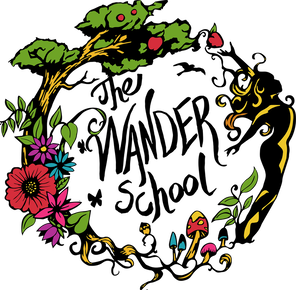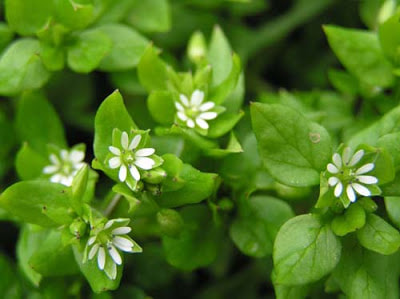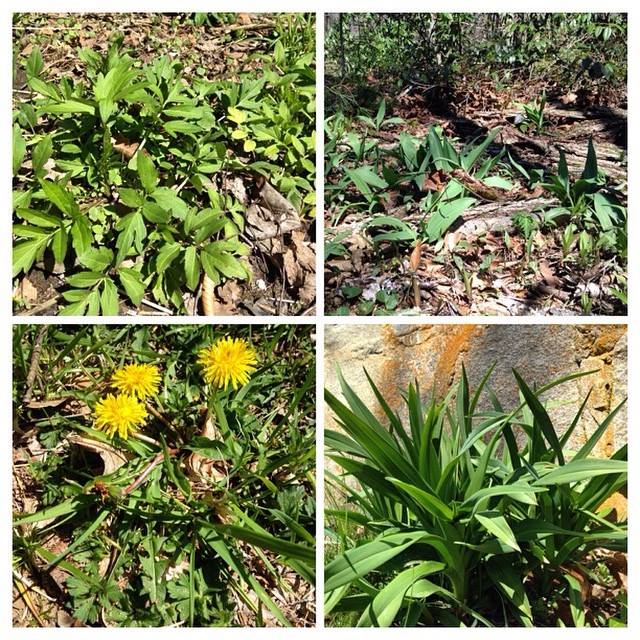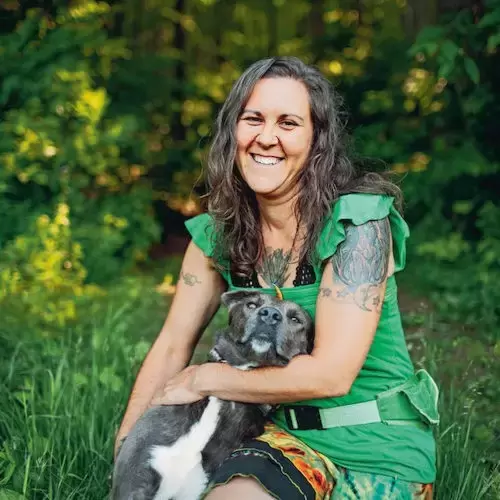|
Spring is the best time of year for wild greens! They’re both nutritious and delicious! Chickweed (pictured above) is super prolific, and easy to harvest with a pair of scissors. It has lots of protein, a rare thing in greens, making it a great survival food to know about. It’s also packed with vitamin C, along with A, D, B, calcium, iron, magnesium, and potassium. It's one of the first greens to pop up and one of the last to stick around. In milder climates, it might hang out all year long. Chickweed's botanical name is Stellaria media. The first part of that (the genus), means "star" because of the way the flower looks star-shaped. The flowers have 5 petals, though they look like they have 10, because each petal is split into two lobes. This plant is in the Caryophyllaceae family, also know as the "pink" family or the "carnation" family. Gardeners often despise this weed that invades their garden, but it pulls up easily and is so nutritious and delicious, with its mild, delicate taste. It definitely makes a good case for the saying, "If you can beat em, eat em!" I also like to add chickweed to my cough syrup and salves. It has been worked with for dissolving cysts, lowering cholesterol, and weight loss. It can also be applied topically in compresses for almost any kind of skin issue. Let's get started with the wild pesto recipe... Ingredients:
Directions:
0 Comments
I'm so excited about this brand spankin' new video that the awesome videographer, Ty Gilpin, made for me! He came and hung out with us for the never dull Wild Apprentice Day. Check it out, let me know what you think, then come on down for some forest time, and botanical and herbal education. |
Want to help us continue to do this important work |




 RSS Feed
RSS Feed